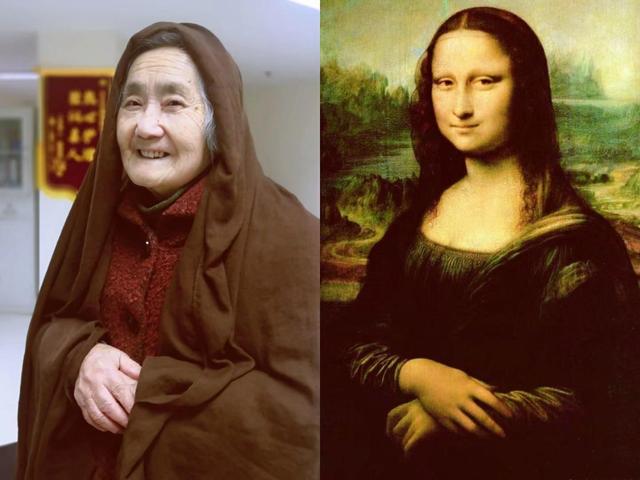The city of Zhenjiang in east China’s Jiangsu province has spared no efforts to step up high- quality healthcare development and strive to ensure the medical and health needs of the people. JSBC has the story.
At the Rehabilitation Discipline Center of Liming Community Hospital, Runzhou District, Zhenjiang City, nearly 70 patients are doing different rehabilitation treatments every day.

Ms. Geng, 61, experienced a brain infarction in March this year. After finishing the preliminary treatment in the First People's Hospital of Zhenjiang City, she was moved here for rehabilitation training by a therapist.

“The doctor is very serious and responsible, and her condition is much better now than when she first arrived”, Mr. Wang, Husband of Ms. Geng, said.
According to Dean Luan Limin, at the beginning of its establishment ten years ago, there were only a few dozen daily visits here, but now, it has exceeded 800.The monthly income has increased from less than 50000 yuan 10 years ago to nearly 6 million yuan now. This development is mainly attributed to the "collectivization" reform of public hospitals in Zhenjiang since 2009, which established a graded diagnosis and treatment mechanism of "minor illnesses in the community, major illnesses in the hospital, rehabilitation in the community, and health in the family".

“The "collectivization" reform is a plan to reposition the service direction, service population, and technical service development of large hospitals and grassroots medical institutions. Starting from 2012, Zhenjiang has transferred a large number of patients with chronic diseases during their rehabilitation period through rehabilitation joint wards. By 2015, chronic disease patients had been diverted from large hospitals to community hospitals through the general practice and specialized clinic so that work division and cooperation was carried out”, Luan Limin, Secretary of the Party branch and president of Liming Community hospital, Runzhou District, Zhenjiang City, said.
As a grass-roots link in the medical group, in 2017, community hospitals in Zhenjiang piloted the signing of family doctor preliminary diagnosis and established a more closely connected "circle of friends" between doctors and patients. Cao Yan, a family doctor, now receives an average of over 200 patients per day, with the vast majority being her contracted patients.

Contracted patients are exempt from registration fees, and continuous health management after filing is the most direct guarantee. When encountering difficult and complex diseases, family doctors will promptly guide patients to refer them to higher-level hospitals. By using the online system for one click registration, patients can directly go to the corresponding department of the superior hospital for treatment, greatly alleviating the overload situation of large hospitals.
Dantu District Shiye Health Center, which also belongs to Zhenjiang Rehabilitation Medical Group, has built 6 general and specialized joint outpatient clinics, and regularly carries out remote consultation with superior hospitals to dynamically manage the main chronic disease population.

“Over the past few years, the cases of secondary hypertension under our management have decreased from the initial 91.7% to 36.6% last year. The cases of diabetes under our strengthened management have decreased from the original 56.8% to the current 26.3%. With the help of the group's high-quality medical resources, the overall effect is very obvious”, Hu Xiaozhong, President of Shiye Health Center, Dantu District, Zhenjiang City, said.
The grassroots medical reform in Zhenjiang has achieved mutual benefit between doctors and patients with high-quality medical resources delivered to residents' doorsteps. At the same time, grassroots medical institutions have also achieved tangible development.
Taking Liming Community hospital as an example, there are 38 full-time doctors, 95% of whom have bachelor's degree or above, including 4 who have graduate degrees.
So far, Zhenjiang has launched 14 provincial community hospitals and 7 provincial rural regional medical and health centers. Nearly 80% of the township health centers or community health service centers have at least one specialty department. 65 township health centers and community health service centers have met the national service capacity standards, accounting for over 97% of the total.

“Health is an important cornerstone of the people and a fundamental condition for economic and social development. We need to promote the concept of "full life cycle health management" that runs through all aspects of urban planning, construction and management so as to make new and greater contributions to the construction of a healthy China”, Yang Yi, Secretary and Director of the Party Committee of Zhenjiang Municipal Health Commission, said.





